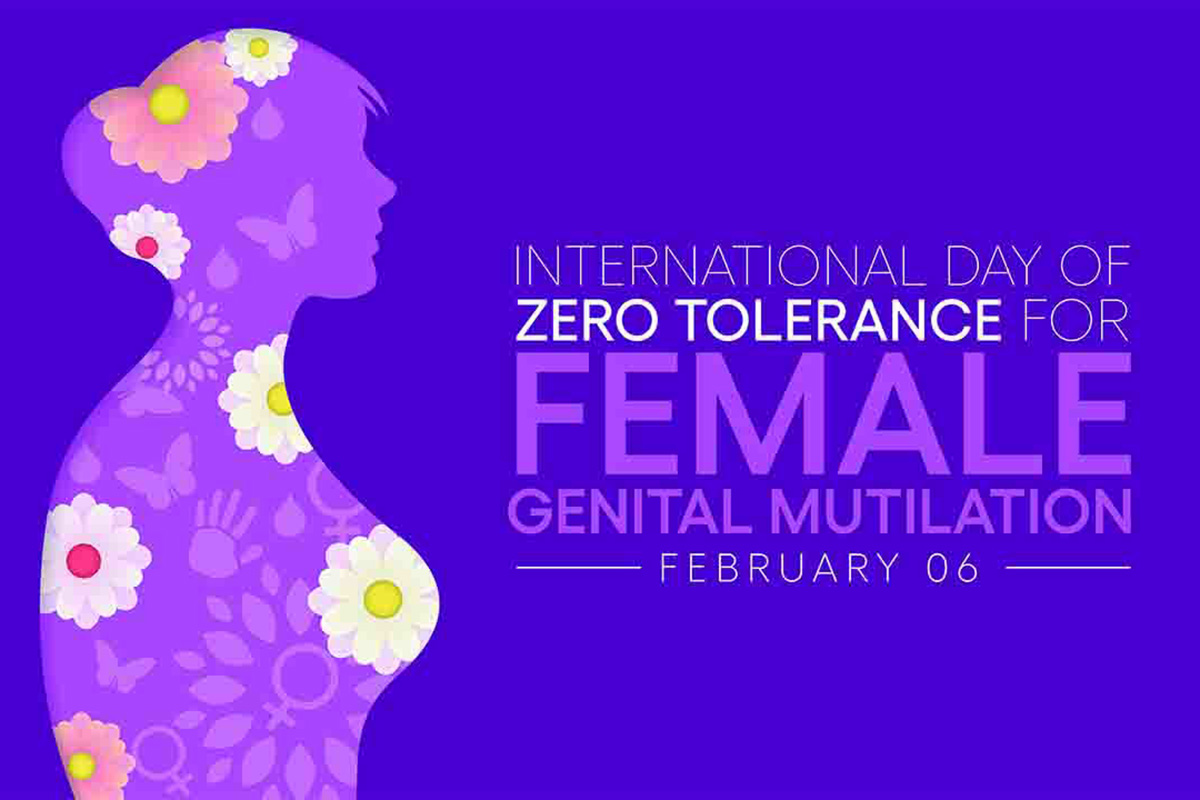How lessons from China could help eradicate female genital mutilation
February 5by Monica Islam
The People’s Republic of China, although an economic powerhouse, is no stranger to accusations of human rights abuses in the country. For instance, from an environmental perspective, China is the world’s top pollutant emitter. Nearly 60,000 people die due to water pollution every year in China. Other concerns are hostility towards religious freedom, the common occurrence of death penalty, and forced population control in specific ethnic regions.
Like in many other cultures, women in China have been historically oppressed. Amnesty International, an international non-governmental organization focused on human rights, reported on its website—under its women’s rights division—that “violence against women including sexual violence and sexual harassment remained widespread, and authorities censored public discussion around it.” Some of the women’s rights violations in China, mentioned by correspondent Peter Hilton, relate to unsafe transportation facilities for women, strong preference for male children, inadequate access to menstrual hygiene products within the workplace, detention of Chinese feminists for the mere acts of peaceful community mobilizing and protesting, and discriminatory sexualized approaches towards women in the workplace.
However, the above reports come as a surprise given that the Chinese government has demonstrated its commitment towards safeguarding women’s rights by formulating more than 100 women-friendly laws and regulations, such as Law Safeguarding Women’s Rights and Interests of the People’s Republic of China in 1992 and the China Anti-Domestic Violence Law in 2016. Gender equity has been stipulated in the country’s Constitution since 1954. Despite these legal frameworks, women’s rights abuses are said to have persisted.
Foot binding bears resemblance to female genital mutilation
One issue that has caught my attention pertaining to women’s rights in China is the social prevalence of “foot binding”—an ancient custom in which women’s feet were tightly bandaged to alter their shape purportedly for aesthetic reasons. It was sought as a way of perfecting women’s bodies, instilling fertility in women without any scientific basis, and appeasing to patriarchal notions of femininity. This practice began among the elites but soon found its way among the poorer classes. Some poorer families put off this action till later because they could not afford bandages or could not afford displacement from workforce which was associated with a hobbling woman. However, under any circumstances, foot binding continued in China until the 19th century (1912 to be precise) when the government outlawed this inferior, subjugating practice. It was only in 1999 that the factory which made shoes for foot binding (Zhiqian Shoe Factory) closed.
Foot binding bears resemblance to female genital mutilation which is a popular rite of passage for females in Asia, Africa, the Middle East and their Diasporas elsewhere. It is the ritual cutting or removal of some or the entire vulva. In spite of no known health benefits, this procedure is carried out in at least 31 countries in the world, creating immense pain for women. Owing to outdated ideas of femininity and modesty, this practice still continues unabated.
Female genital mutilation is a major human rights and public health concern
Female genital mutilation is a major human rights and public health concern in contemporary times. Despite modernization and globalization, this practice is spreading quickly, and policymakers and social scientists do not think it will mitigate any time soon. One American scholar Gerry Mackie even notes that it may well take up to another 300 years to completely abandon this practice! Female genital mutilation is similar to foot binding in several ways:
- Both are nearly universal where practised;
- Both are a result of extreme forms of patriarchy;
- They are persistent and practised even by those who oppose them (they are transmitted and propagated by women themselves);
- Both cause immense pain and disability issues in women undergoing them;
- Both are a means of controlling women’s sexuality and relate to impractical ideas of chastity and fidelity;
- They are obligatory for marriage and family honour; and
- Both are believed to be sanctioned by tradition.
Yet, despite these marked similarities, foot binding has been eradicated but not female genital mutilation. One solution developed by China to end foot binding—which could be used to end female genital mutilation in other countries—is to form societies or associations of parents who will pledge not to foot bind their daughters as well as not to marry their sons to foot bound girls. Another solution formulated by China was an education campaign which preached that this peculiar practice did not take place elsewhere and so, China was losing its face internationally. In addition, the advantages of natural feet combined with the disadvantages of foot binding were explained.
Legal measures alone are not sufficient to end such practices
An independent scholar named Ann-Marie Wilson states that legal measures alone are not sufficient to end such practices; the people first have to desire and accede to that change. As the scholar asserts—“resolutions and statutes cannot change entrenched social norms.” Hence, “native activists”—who understand local culture—are of paramount importance. When it comes to female genital mutilation, anti-FGM reformers lack domestic sponsors. Consequently, eradicating this vicious practice is a challenge. Another matter of concern is economic in nature: alternative means of income would have to be generated for medical practitioners who operated the foot binding or female genital mutilation. It must be noted that multiple approaches are better than one in dismantling practices that are abusive to women.
To conclude, what I have noticed during my initial research is that female genital mutilation is unheard of in China as well as in my home country Bangladesh. On this International Day of Zero Tolerance for FGM, we need to ask: Why are there no traces of female genital mutilation in China and Bangladesh? How can China’s efforts to end foot binding in a single generation (1,000 years) have remarkable lessons for ending female genital mutilation?
This article is an abridged version of a longer research proposal submitted to Yenching Academy at Peking University for a scholarship program in China Studies.






